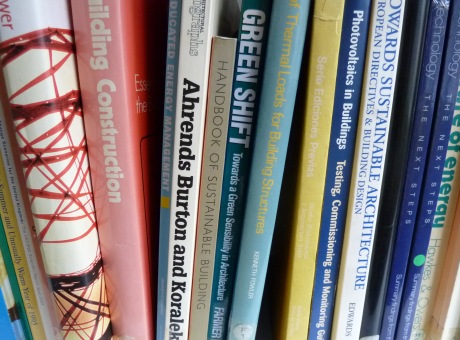Intertemporal Issues and Marginal Abatement Costs in the UK Transport Sector

29 July 2011
Many G20 countries, including the United Kingdom (UK), have committed themselves to stringent emissions reductions with envisioned abatement paths through to 2050. To illustrate the costs associated with the decarbonisation of the energy system, marginal abatement cost (MAC) curves have been frequently used by policy makers. Although MAC curves are subject to intertemporal interactions, they are generally presented as a static snapshot of one year. Therefore, the robustness of such a curve is tested for two important parameters: path dependency and discount rate. A sensitivity analysis concerning a MAC curve for the UK transport sector is carried out. Path dependency, is found to be a significant, yet not substantial, influencing factor on the shape and the structure of the MAC curve. Doubling the discount rate from 5% to 10% showed that emission abatement would be much more expensive, while a switch to a societal perspective did not have a significant effect. This can be explained by the reduced annual investment costs and the reduced fuel savings evening out. The results suggest that assumptions concerning the CO2 tax path should be clearly stated and that the level of the discount rate has a major influence and should be carefully chosen.
Intertemporal Issues and Marginal Abatement Costs in the UK Transport Sector. In: (Proceedings) 18th Annual Conference of the European Association of Environmental and Resource Economists.
KESICKI, F; (2011)
The full text of this article is not available through UCL Discovery.
 Close
Close

